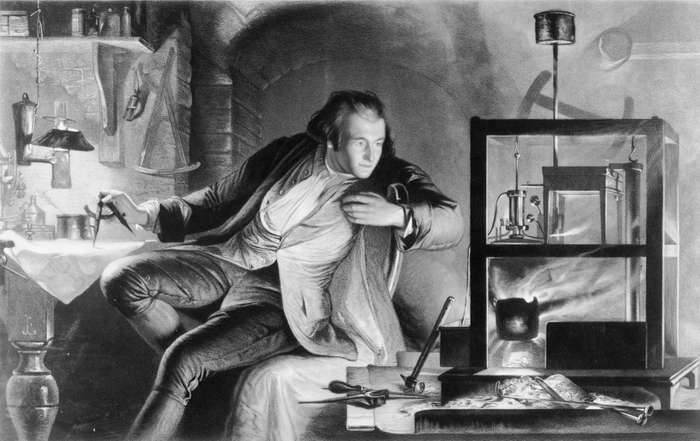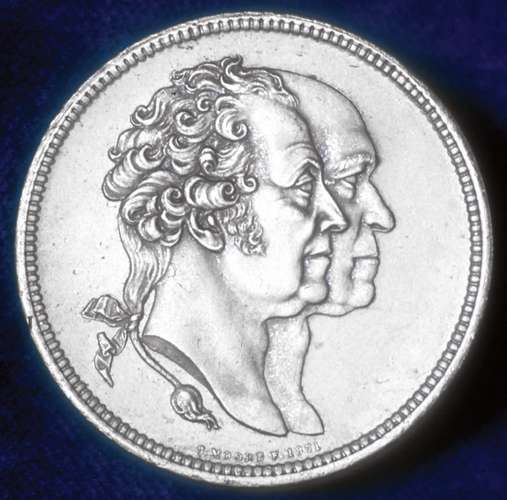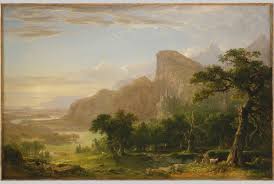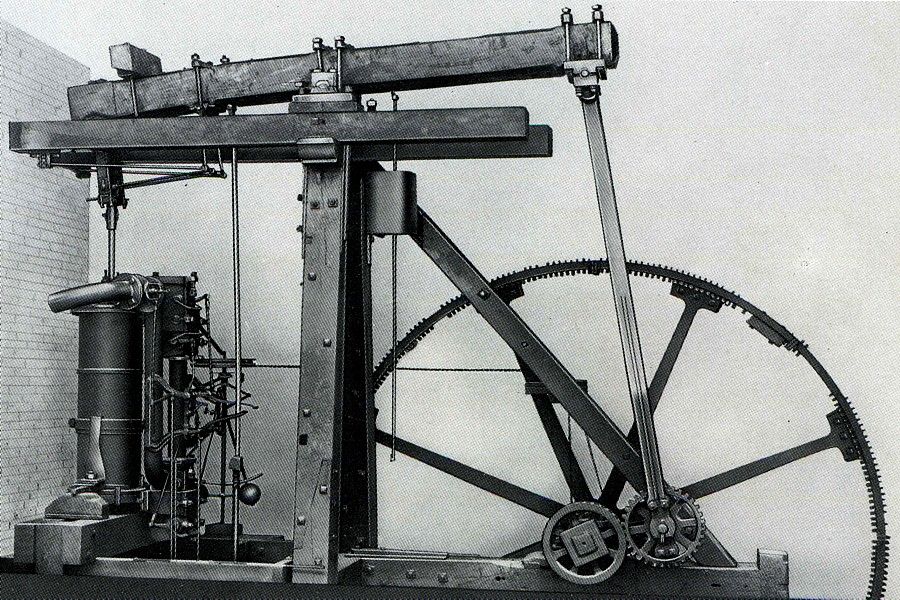Steam and the Speed of Light
James Watt Patented the Steam Engine
The first steam engines were made by Thomas Savery to conclude on a very common problem, the removal of water from flooding mines. The flooding was caused by the mines digging deeper into the earth’s crust for the main source of fuel at the time, coal. It was in 1711 that an English inventor, Thomas Newcomen, joined Savery to develop a more commercially successful steam engine. A mere fifty years later a Scottish inventor James Watt came into the development of refining the steam engine as he noticed how terribly inefficient the design was during a repair on an engine designed by Newcomen.


Seeing as how the engine could be made to run more efficiently through various modifications, James Watt partnered with a British inventor, Joe Roebuck, who helped fund the initial phases of development and research into the improvements of a steam engine. Watt obtained a patent for his improved design to secure his progress and give himself and Roebuck the sole right to produce his modifications. Roebuck unfortunately went bankrupt in 1772, leaving Watt to then partner with Matthew Boulton. James Watt immigrated to Birmingham from Scotland in 1774 leaving his surveying job behind to focus more on the development of a more efficient steam engine. Matthew Boulton owned the Soho Manufactory located within the city and this became where they started to produce and sell their stand-alone Boulton and Watt steam engines.
The distribution of these now improved steam engines initiated the industrial revolution and greatly changed how society operated. The use of steam powered machinery allowed for more cost-efficient manufacturing of consumer grade products. In addition, it enabled a faster production rate which caused an influx in the fashion industry as textiles and clothing became more accessible to a larger audience due to it being more affordable. Likewise, this improved manufacturing process allowed the ability to store paint into tin tubes allowing it to be more preservable and mobile as a medium. This newfound ability to easily transport paint to any location enabled artists to roam more freely outside of the new bustling cities created by developing industries. This led to art during this period to be viewed as a reaction against the industrial age as it became more pastoral and often featured views of the countryside. Furthermore, global travel became more affordable due to the more efficient steam engine design which allowed the intermingling of various art styles and cultures. This steam-powered period of time created a more urban lifestyle within society.

Citation
https://www.livescience.com/44186-who-invented-the-steam-engine.html
https://www.britannica.com/biography/James-Watt
https://www.britannica.com/biography/Matthew-Boulton
https://arthistoryproject.com/timeline/industrial-revolution/
